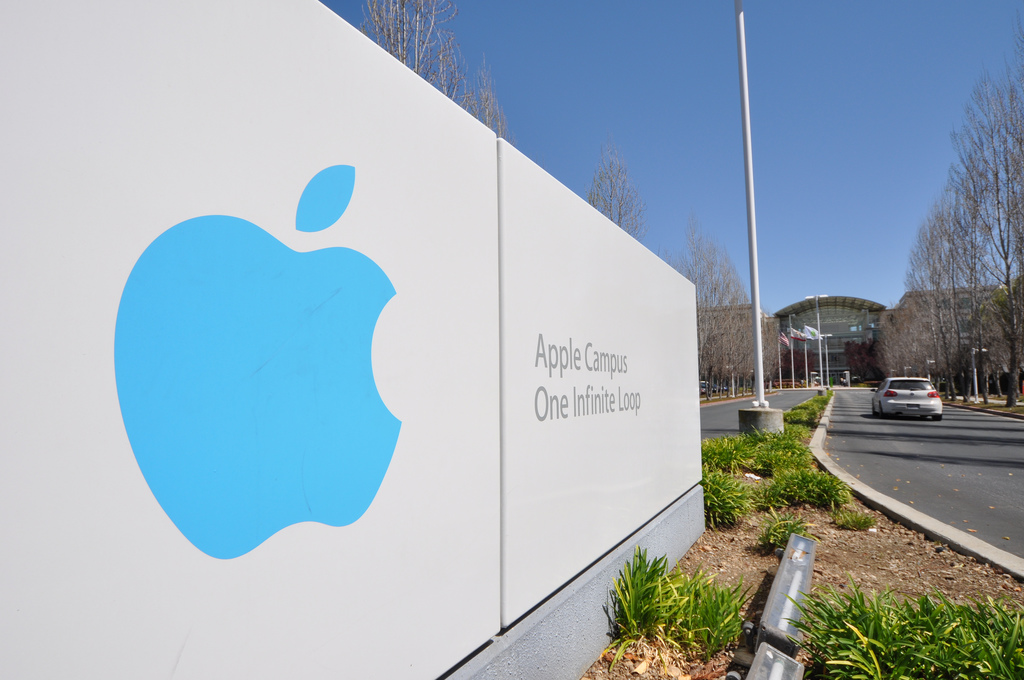Adobe co-founder John Warnock dies aged 82
Warnock was pivotal in the development of the PostScript programming language in the early 80s


Adobe co-founder John Warnock has died aged 82, according to a statement from the company.
CEO Shantanu Narayen notified staff of Warnock’s passing on Sunday, hailing the co-founder and former CEO as “one of the greatest inventors in our generation”.
"It is a sad day for the Adobe community and the industry for which he has been an inspiration for decades," Narayen said in an email.
Narayen added that his interactions with Warnock during his time at the firm “have been the highlight” of his professional career.
"While he was my role model and mentor, I am most grateful to count him as a friend.”
Warnock spent more than 35 years at Adobe, steering it through an extended period of growth which saw the firm position itself as a leader in the digital design software space.
From 1982, Warnock served as CEO until 2000 before stepping down. Thereafter, he served as co-chairman alongside Geschke until 2017.
Get the ITPro daily newsletter
Sign up today and you will receive a free copy of our Future Focus 2025 report - the leading guidance on AI, cybersecurity and other IT challenges as per 700+ senior executives
Warnock remained deeply involved with the company in recent years, having also remained on Adobe’s board of directors after stepping down as co-chairman.

Warnock was widely recognized as a pioneering figure in the tech industry. In 2008, he was awarded the National Medal of Technology and Innovation by former US President, Barack Obama.
John Warnock's pivotal role at Adobe
Warnock co-founded Adobe, known widely for its Photoshop, Acrobat and Premier Pro platforms, alongside Charles Geschke in 1982.
The pair formed the company following a short dispute with Xerox over the development of the PostScript programming language, both of whom had been working on the project during their time at the firm’s Palo Alto-based research center.
PostScript, a page description language for use in electronic publishing, was the first program launched by the newly-founded firm in 1984, and rapidly grew in popularity.
This growth was, in part, fueled by the programming language’s adoption by Apple in 1985 for use in the blossoming tech giant’s Apple LaserWriter; the first printer to leverage PostScript.
Apple’s involvement in Adobe’s early years was notable, having acquired a 15% stake in the firm a year into its journey.
Four decades on from its formation, Adobe has become one of the most recognized brands in the global tech industry. With a market capitalization of over $231 billion, the firm certainly holds its place as a heavyweight in the industry and boasts around 30 million customers through its Adobe Creative Cloud platform.
In recent months, Adobe has been embroiled in a back-and-forth with regulators over its proposed $20 billion acquisition of rival firm, Figma.
Regulators in both the UK and European Union have raised competition concerns over the deal, arguing that it “threatens to significantly affect competition in the market for interactive product design and whiteboarding software”.

Ross Kelly is ITPro's News & Analysis Editor, responsible for leading the brand's news output and in-depth reporting on the latest stories from across the business technology landscape. Ross was previously a Staff Writer, during which time he developed a keen interest in cyber security, business leadership, and emerging technologies.
He graduated from Edinburgh Napier University in 2016 with a BA (Hons) in Journalism, and joined ITPro in 2022 after four years working in technology conference research.
For news pitches, you can contact Ross at ross.kelly@futurenet.com, or on Twitter and LinkedIn.
-
 Bigger salaries, more burnout: Is the CISO role in crisis?
Bigger salaries, more burnout: Is the CISO role in crisis?In-depth CISOs are more stressed than ever before – but why is this and what can be done?
By Kate O'Flaherty Published
-
 Cheap cyber crime kits can be bought on the dark web for less than $25
Cheap cyber crime kits can be bought on the dark web for less than $25News Research from NordVPN shows phishing kits are now widely available on the dark web and via messaging apps like Telegram, and are often selling for less than $25.
By Emma Woollacott Published
-
 Adobe erased users' photos with botched Lightroom update
Adobe erased users' photos with botched Lightroom updateNews The company has admitted that some customers' photos and presets are not recoverable
By Carly Page Published
-
 Apple pulls support for QuickTime on Windows, leaves Adobe hanging
Apple pulls support for QuickTime on Windows, leaves Adobe hangingNews QuickTime video codecs still needed in Adobe After Affects and others
By Aaron Lee Published
-
 Australia takes Apple, Microsoft and Adobe to task over high product prices
Australia takes Apple, Microsoft and Adobe to task over high product pricesNews Tech giants have been summonsed to appear in front of an Australian parliamentary committee to explain product pricing strategies.
By ITPro Published
-
 Adobe takes the wraps off new website developer tools
Adobe takes the wraps off new website developer toolsNews Software firm launches free tools for HTML5 and JavaScript developers.
By Lindsay Vormack Published
-
 Adobe to personalise website experience
Adobe to personalise website experienceNews Firm updates Web Experience Management software and offers HTML5-based app creation tool
By Khidr Suleman Published
-
 Adobe previews Flash alternative Edge
Adobe previews Flash alternative EdgeNews Flash may be on its last legs thanks to Adobe's new HTML5 tool, known as Edge.
By Tom Brewster Published
-
 Adobe Flash imminent for Android 3.0 tablets
Adobe Flash imminent for Android 3.0 tabletsNews The updated Flash Player 10.2 will be available for Android 3.0 - Honeycomb - tablets within weeks of the OS’ launch.
By Jennifer Scott Published
-
 Adobe boosts security with Reader X
Adobe boosts security with Reader XNews Adobe Reader X contains a sandboxing feature which will boost security, according to the software maker.
By Tom Brewster Published